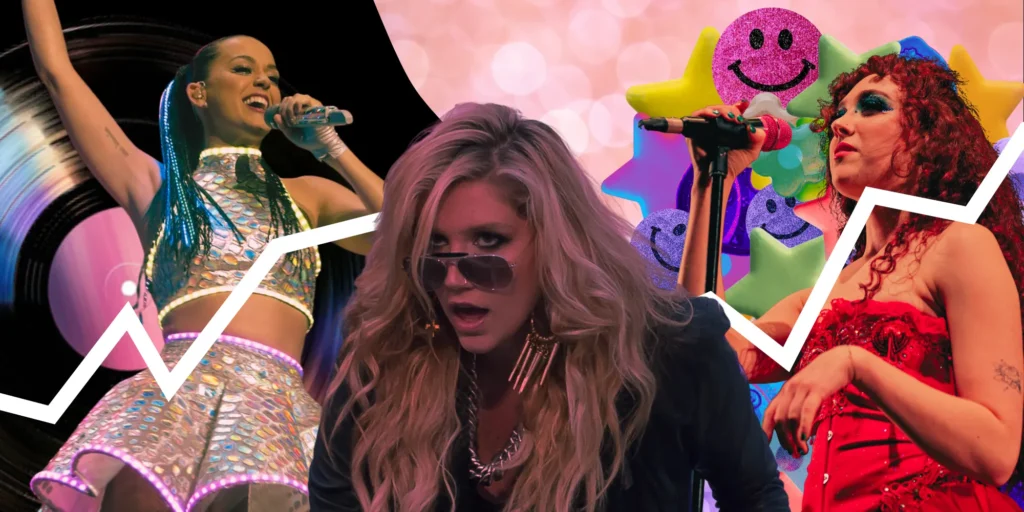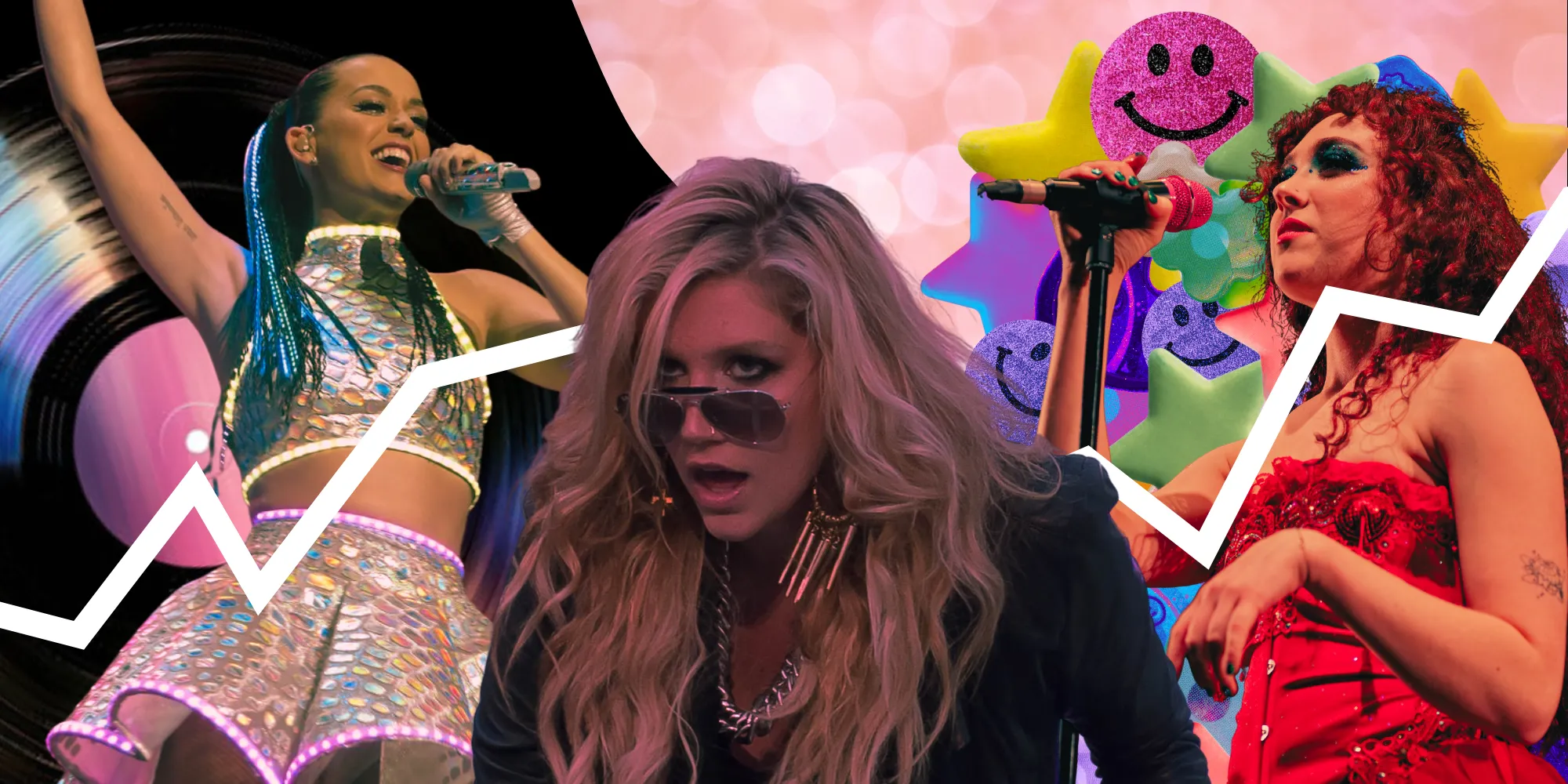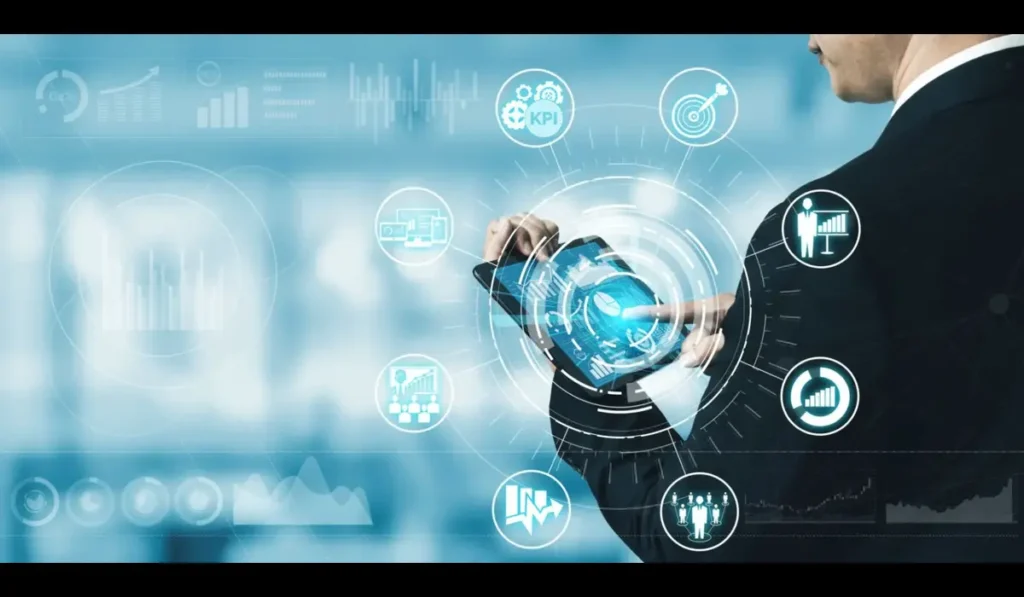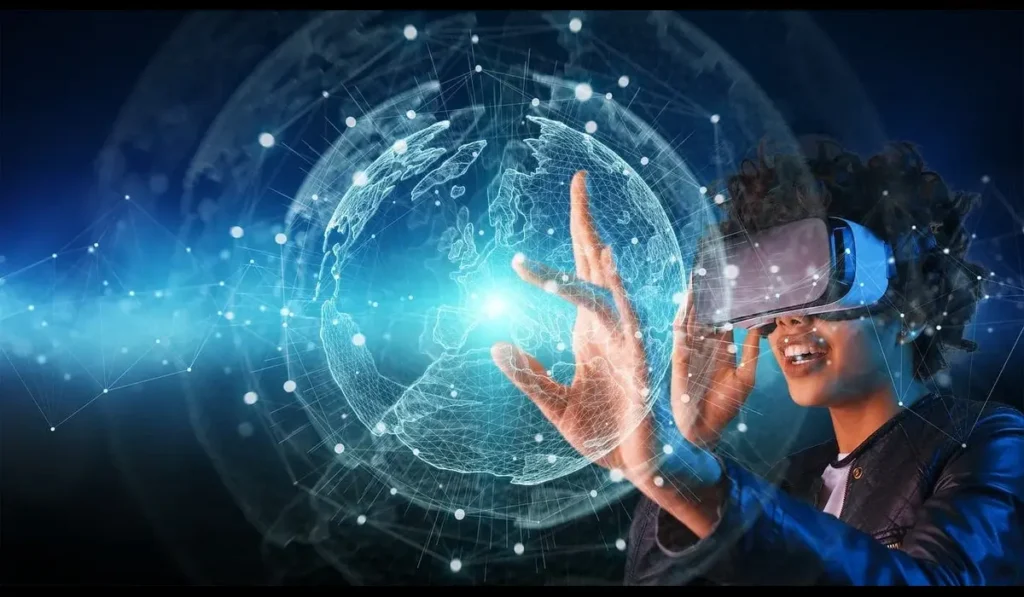In the sweltering summer of 2025, as economic uncertainty looms and global anxieties mount, America is dancing again—but to different beats. Across streaming platforms, social media, and packed concert venues, one clear trend is dominating: the revival of “recession pop”—a nostalgic, emotionally charged, and highly melodic music style that resonates with a generation feeling the pinch of instability.
Call it escapism, call it therapy, or simply good music—but recession pop has returned with force. Just as in 2008–2010, when artists like Katy Perry, Kesha, and Lady Gaga helped audiences cope with the economic collapse through euphoric synths and catchy hooks, today’s pop stars are serving a similar remedy for modern stress.
The difference? This time, they’re armed with AI collaborations, TikTok virality, and a more emotionally open culture.
📉 A Soundtrack for a Strained Economy
In 2025, inflation is stubborn, job markets are volatile, and social discourse is as polarized as ever. Many younger Americans, especially Gen Z and younger millennials, face:
- Stagnant wages
- Soaring housing and education costs
- Mental health challenges exacerbated by digital life
- Climate fears and political instability
In response, the music industry has returned to a tried-and-true formula: emotionally rich but upbeat pop that offers both release and reflection.
Think shimmering synths, simple lyrics, and singalong choruses—but paired with darker themes: loneliness, burnout, anxiety, and the desire for escape. It’s the “sad banger” perfected for hard times.
💿 The Return of Recession Pop: What’s Different in 2025?
While the term “recession pop” originally described the high-gloss, radio-friendly pop of the late 2000s, its 2025 incarnation is both more diverse and more emotionally intelligent.
What’s new:
- AI-produced music blends nostalgia with hyper-personalization
- TikTok micro-genres give voice to niche anxieties (like climate dread or hustle burnout)
- Collaboration across genres (e.g., pop meets alt-R&B, EDM, or Latin rhythms)
- DIY soundscapes created with open-source AI technologies, bedroom studios, and low-fidelity production
Artists like Chappell Roan, Billie Eilish, Conan Gray, Tate McRae, and newcomers from SoundCloud and TikTok are building massive followings by speaking directly to economic uncertainty, romantic disillusionment, and the “existential millennial malaise.”

📱 Streaming and Social Platforms Fueling the Revival
2025’s recession pop is not driven by radio—it thrives on algorithmic discovery and emotional resonance. TikTok, Spotify AI playlists, YouTube Shorts, and Instagram Reels are where songs blow up.
- Catchy hooks paired with DIY music videos drive massive engagement.
- Artists are leaning into vulnerability, sharing the stories behind the songs on social media.
- Fan-driven virality is everything—songs that become the soundtrack to summer heartbreaks, job losses, or late-night drives go viral fast.
Even Gen Alpha, now entering their teenage years, is embracing this sound as their emotional language.
🎤 Lyrics That Speak the Moment
Themes dominating 2025’s pop landscape:
- Escapism: “Take me anywhere but here”
- Digital fatigue: “I log off to feel alive again”
- Romantic nostalgia: “You were the last thing I believed in”
- Economic frustration: “I can’t afford my own reflection”
- Collective anxiety: “Dancing through the breakdown”
.However, despite all the gloom, there is always a ray of hope. Recession pop doesn’t wallow—it uplifts. It provides something to yell at while driving with the windows down.
🌍 Global Impact: Recession Pop Goes International
This isn’t just an American phenomenon. The same combination of appealing melodies and sad honesty is being used by pop musicians in Europe, Latin America, South Korea, and Africa to navigate unstable economies.
- K-Pop groups are releasing “healing pop” anthems
- Afro-pop stars are blending upbeat dance beats with lyrics about generational struggle
- Retro 2000s synths and early 2010s vibes are being incorporated into Latin trap and reggaeton.
The result: a global pop renaissance where every country is remixing their recession reality into sound.
🧠 The Psychology Behind the Pop
Music psychologists and cultural theorists point out that recession pop is therapeutic, not just entertainment. It:
- Validates emotional experiences
- Offers temporary escape without denial
- Helps listeners regulate stress
- Builds communal connection in shared struggle
In 2025, when therapy remains expensive and social media remains overwhelming, three-minute songs offer rare clarity and comfort.
🎧 AI’s Role in the New Pop Movement
Artificial Intelligence is helping shape the sound of 2025. Many emerging pop stars are using AI to:
- Generate melody ideas based on listener data
- Personalize playlists by mood
- Remix nostalgic sounds with futuristic production
- Create voice harmonies or auto-tuned vocals on a budget
AI isn’t replacing the artist—it’s helping democratize creativity. And for fans, it’s creating music that feels tailor-made for their lives.
🏆 Recession Pop in the Charts and the Culture
2025’s top charts feature artists who, while pop-oriented, represent a range of identities and musical styles, including:
- Queer pop icons rewriting gender norms
- Gen Z women leading both vulnerability and empowerment anthems
- Bilingual artists crossing over from Latin to global pop
FAQs: Recession Pop & the 2025 Music Scene
1. What exactly is “recession pop”?
Recession pop refers to upbeat, emotionally resonant pop music that becomes popular during economic downturns. It’s catchy and danceable but often explores themes of anxiety, escape, and emotional resilience.
2. Why is it called “recession” pop?
The term originated in the late 2000s, during the Great Recession, when glossy, escapist pop became dominant. In 2025, a similar trend has emerged in response to economic and social pressures.
3. Who are the leading artists in this genre right now?
Artists like Chappell Roan, Billie Eilish, Tate McRae, Conan Gray, Gracie Abrams, and a wave of TikTok-based musicians are leading the way. Some classic pop stars from the 2000s are also making nostalgic comebacks.
4. How does AI affect recession pop in 2025?
AI helps artists generate beats, personalize playlists, and remix retro sounds. It lowers the barrier to entry, allowing more creators to produce professional-quality music from home.
5. Is this music only popular in the U.S.?
No. Recession pop is part of a global trend, with similar styles emerging in Europe, Latin America, and Asia. Each region blends its cultural influence with the broader themes of stress, escape, and resilience.




